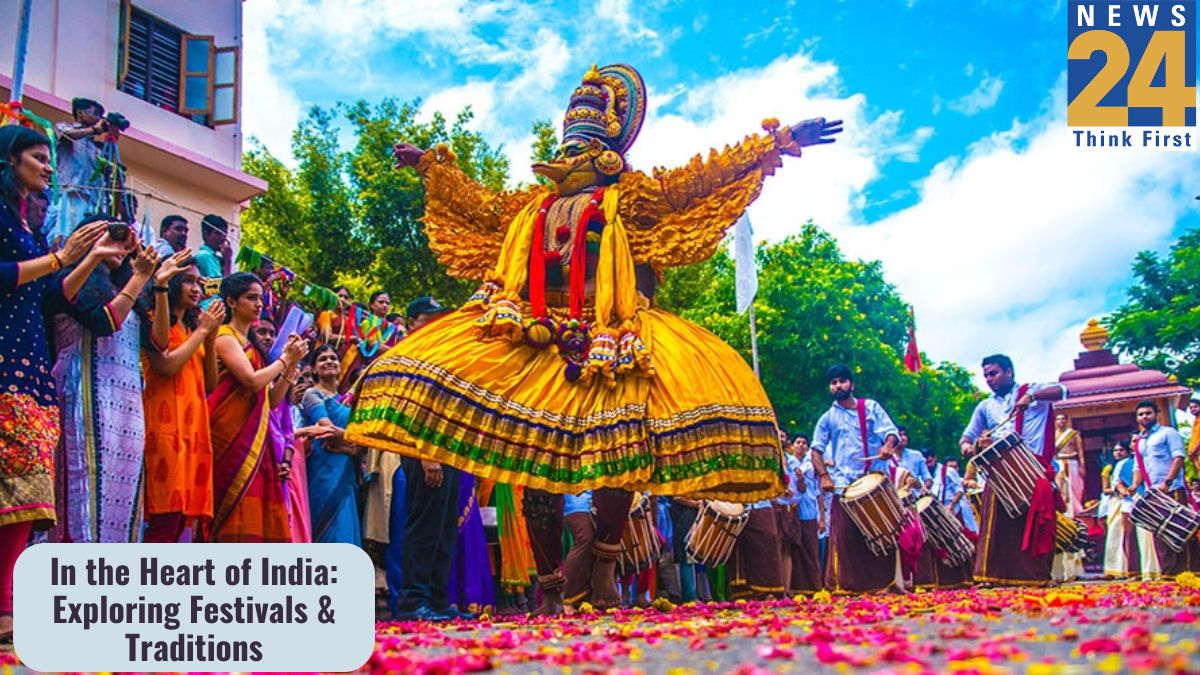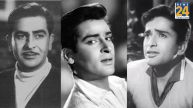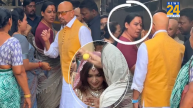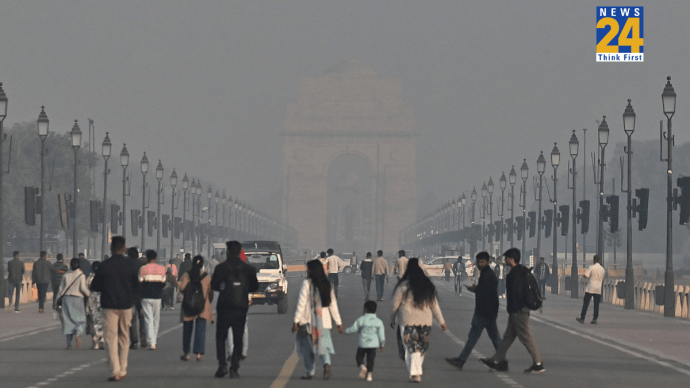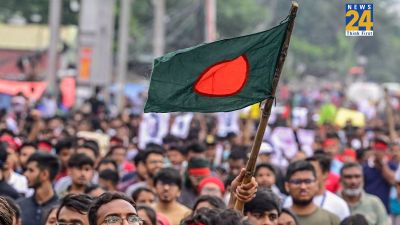In the Heart of India: Exploring Festivals & Traditions
Rituals in India are diverse and deeply rooted in everyday life. From elaborate wedding festivities to various customs and traditions to religious rituals performed in temples, mosques, churches and Gurudwara- these traditions make India what truly India is- a Secular, Republic, Democratic nation. They connect people with one’s cultural heritage, ancestors and spiritual beliefs. India is known for its incredible diversity- in terms of its people, festivals, rituals, languages and landscapes. From Kashmir to Kanyakumari- the plates and palates of cuisines, traditions and religions, make India a magnificent and fascinating place to explore.
There are many offbeat and lesser-known festivals that deserve due credit. Some of them are:
Mim Kut

Mim Kut Festival is a special festival of Mizoram, celebrated in the North East region of India. It is a harvest festival celebrated between the months of August and September. The name Mim Kut is synonymous with joy and communal harmony. It is celebrated at the time when maize crops are harvested. People of the region pay gratitude to God and crops. Drinking local wine, adorning in finest attires and enjoying local dishes are must- dos in the festival.
Hemis Festival
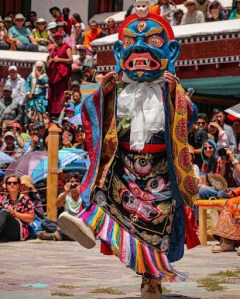
Hemis Festival of Ladakh is a celebration of spirituality which is unique to the region. This festival is celebrated in honour of Padmasambhava, the spiritual guru who is said to be the founding guru of Tibetan Buddhism. The festival celebration date changes according to the Tibetan Lunar Calendar, although it is often held in the month of June. The festivities and celebrations take place on the tenth day of the Tibetan lunar month. The villagers dress in finest clothes and offer their prayers. The whole valley turns in the colours of a rainbow. Every twelve years, a thangka depicting Guru Padmasambhava is shown. The performers wear beautiful extravagant brocade robes and present a unique masked dance. The highlight of the festival is Chham dance, a masked dance performed by the Lamas of the monastery.
Lathmar Holi
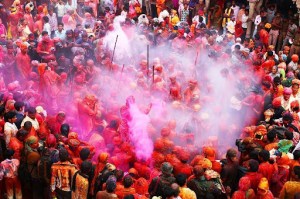
The women of Barsana beating men of Nandgaon with lathis- is the unique visual during the celebrations of Holi. The men who get caught are made to dress in woman attire and dance in public. Lathmar Holi is celebrated in Uttar Pradesh. The tales say that during the days of Holi, Lord Krishna used to visit his beloved Radha at Barsana and ended up teasing her friends. The women of Barsana chased down Krishna with lathis. Since then, men and women of Barsana and Nandgaon recreate the famous event every year as women beat up men with sticks and play Holi with colors all day.
Also Read – https://news24online.com/entertainment/tv-industry-evolution-from-saas-bahu-dramas-to-web-series/264977/
Snake Boat Festival, Kerala
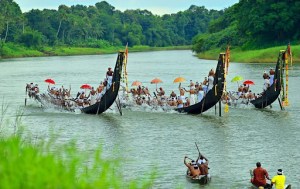
The extreme competitive support is one of the unusual festivals of India. Organised by the backwaters of Kerala, these snake boats are known because of their distinct canoe shape. It has existed for close to 400 years and is undoubtedly most popular in South India State.
Jallikattu

Recognised as one of the most unusual festivals of India, it is celebrated in Tamil Nadu as a part of the Pongal celebration, Jallikattu is rather a dangerous, years old tradition in South India. For this special event, bulls are specially trained by people of the village who later represent the village’s entire cattle family. The festival is to win gold or money tied to bull’s horns. The ultimate goal of the participants is to tame the bull and pluck the gold or valuables tied to their horns. Many people get injured during the chase.
Hornbill
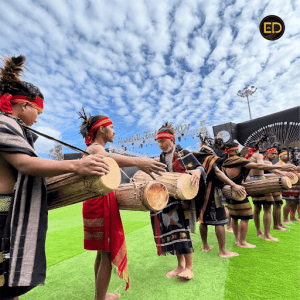
Hornbill festival is one of the most popular cultural festivals held in Nagaland, in the North East of India. It started in the year 2000 and is steadily gaining strength with each passing year. The festival and it’s festivities aim at promoting, celebrating and cherishing the age-old Naga culture and tradition, the festival also encourages tribal interaction. The festival offered an opportunity to each tribe to showcase their tradition and heritage through song, dance and sport.
These festivals and cultures preserve and promote the diverse cultures and customs of India. They hold the spirit of India and are expressed year-round among the people. By taking part in these festivals, one can see the vitality of India today as it embraces the traditions of its fascinating history. Thus, Indians keep celebrating festivals throughout the year. Each festival has its unique way of celebration and thus adds good times in daily life.

